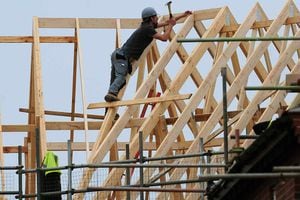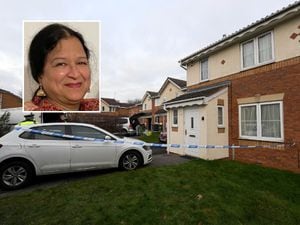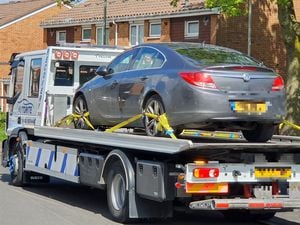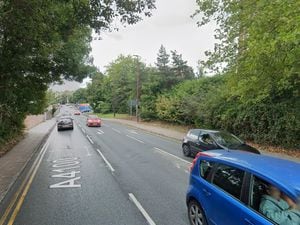Wolverhampton homes shortage hitting thousands
Thousands of people are struggling to get on the housing ladder in Wolverhampton because of a chronic shortage of homes, according to a new report.

The city was planning to build 13,400 new homes from 2006 to 2026, but in the last nine years only 2,400 have gone up.
To plug the shortfall, the authority estimates it will need an increase on new homes of more than 50 per cent year on year until 2026.
A report to Wolverhampton City Council's cabinet says this will involve a growing reliance on the private rented sector, which is likely to make up 40 per cent of all future provision.
Council bosses have mapped out a strategy to try and fill the breach, including locating new sites across the city for development and bidding for external funding to help pay for new homes.
The housing shortage is attributed to an increase in the number of people living alone and for longer, as well as a three per cent rise in the city's population.
More than 11,500 people are on the council house waiting list across the city, with demand set to rise by a further 11 per cent over the next 11 years.
As part of a Black Country-wide development plan 115 new homes a year need to be classed as 'affordable homes'.
The current rate of construction of new homes in the city is around 500 per year, more than 170 shy of what is required.
A raft of developments are underway. These include the former Goodyear site on Stafford Road, which will have 685 homes when complete and a 543-home plot in Ward Street, Ettingshall.
Earlier this year land works started for a development of more than 500 houses as part of the Bilston Urban Village.
Wolverhampton North East MP and Shadow Housing Minister Emma Reynolds, said it was 'crucial' that the council was able to provide enough homes for the city's residents.
"We see Government investment in housing is a key priority," she said. "A Labour Government would give local authorities more flexibility to build the homes they need by allowing them to apply to the treasury to borrow the necessary funds."
Land has been earmarked for development across the city, including two sites in Heath Town and the former Tap Works land , stumbling block is that some of the land earmarked for development is either challenging or costly to build on.
The city currently has around 102,000 households for a population of around 252,000.





